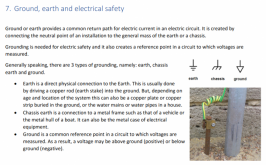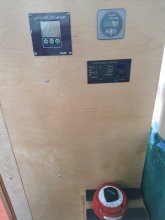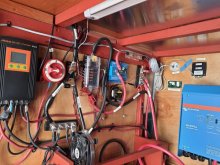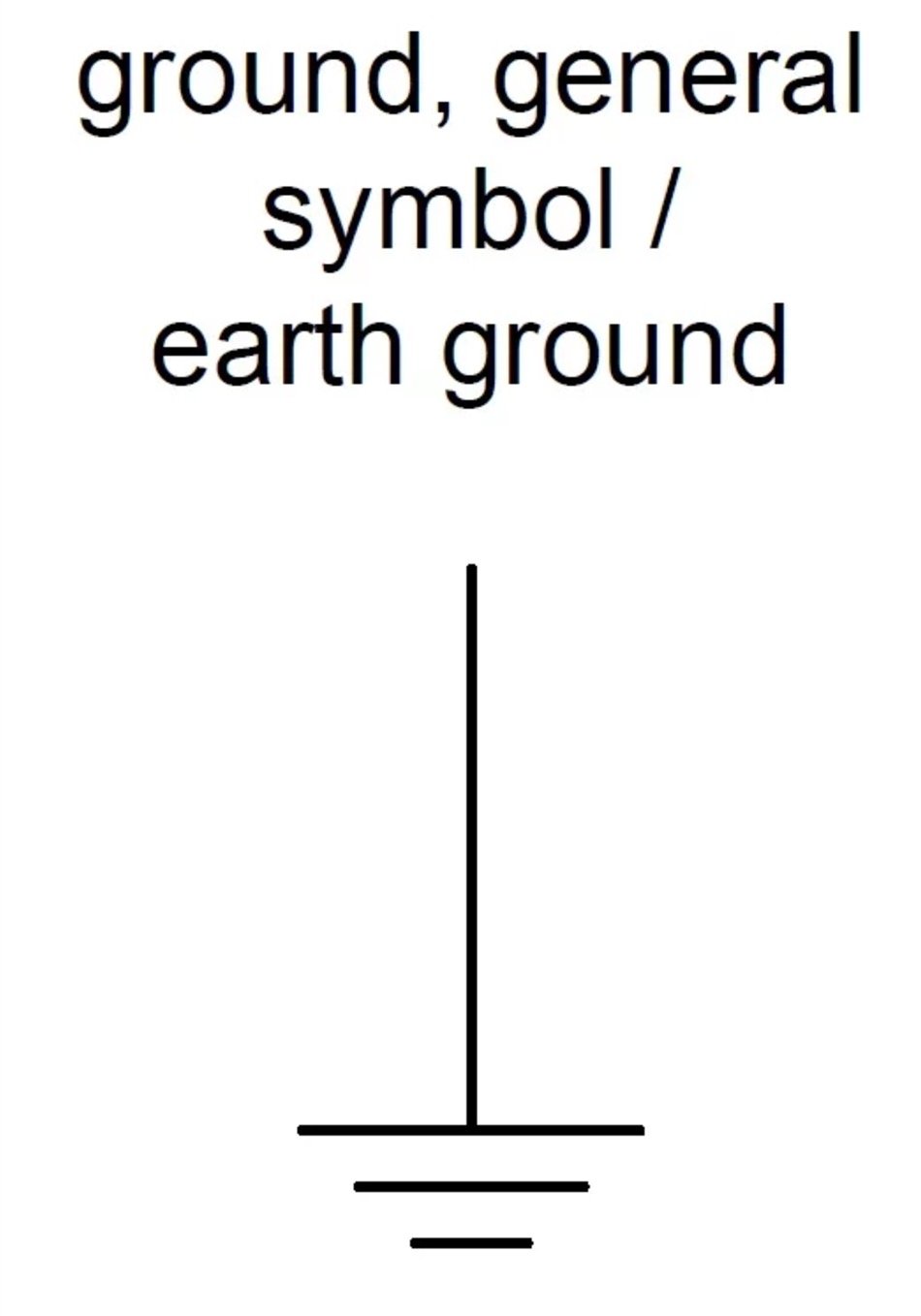What specific types of information are you looking for?
Victron Wiring Unlimited is the closest thing to an intermediate level comprehensive book that I am aware of. But I have loooots of specific recommendations depending on what you are looking to learn about. Sometimes I feel a bit like the forum librarian

I'm not the smartest, most knowledgeable, or most experienced here, not by a long shot, but I'm pretty good at finding information, and have developed a pretty decent breadth of knowledge, so I like helping match people up with the info they seek (particularly because often they can understand it deeper than I have, and teach me something new)
If you look in the resources section of the forum, I have added a lot of the resources that I lean heavily on, FilterGuy Also has some great resources.
I also
have a thread where I organize the resources I have found useful, though most of the resources are from much earlier in my learning process
Of note are:
- Victron Wiring Unlimited
- ABYC marine electrical code (this is the most DIY friendly code I have found)
- The Magnum and Samlex Inverter Manuals (I don't own either but I use both documents as references, specifically for grounding related questions)
- The near-comprehensive introductory articles on LFP in my signature from Nordkyn and Marinehowto (and the shorter article by Solacity)
- Videos by Pacific Yacht Systems for general marine electrical design and AltE store solar information at the beginner to intermediate level
- This video on circuit protection as well as this powerpoint
- A great video explaining the basics of electricity on a conceptual level, this video is what made a lot of things finally 'click' for me
- RSD Academy videos and articles on grounding and voltage (among other topics)
- Videos or Articles by Mike Holt on grounding etc, in the context of the NEC
But based on what you are looking to learn I might have other recommendations.













